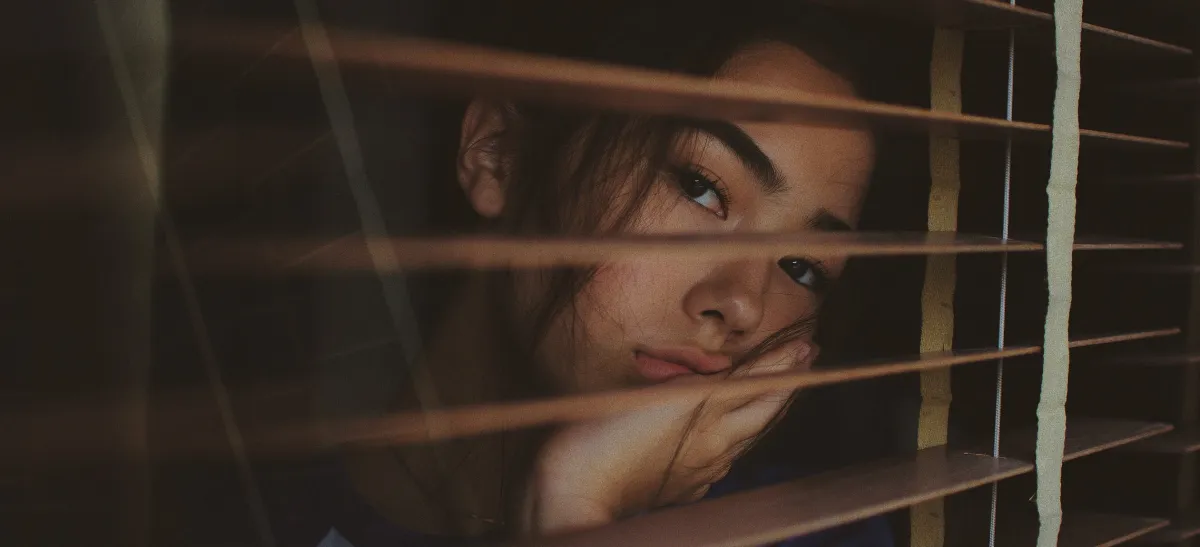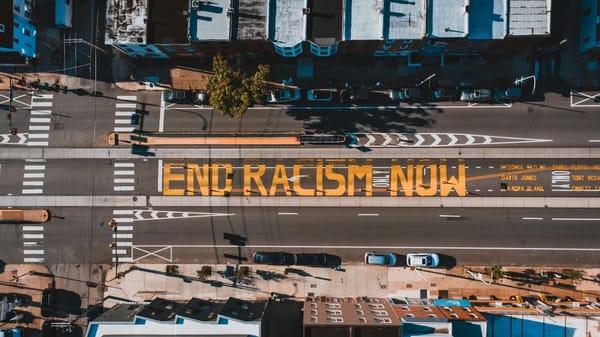You're Right, Trigger Warnings Aren’t a Big Deal... Until You Actually Need Them
Perhaps art is meant to shake us to the core, but a little warning is appreciated.

Access the Audio Read version of this article directly on Spotify for Podcasters.
"Trigger warnings enable art to find its right audience, to connect with the people who are willing and ready to engage with it in the right headspace."
BY CHLOE JOHNSON
Trigger warning: death, suicide, violence, drug use, sexual abuse
The Globe, Shakespeare’s world-renowned theatre, has always been a place of wonder to me. If I could spend all my free time in its atmosphere, hearing soliloquies from Hamlet in the historic venue after walking past the light-dappled water of The Thames, I would. From Tudor history to classic literature, there are thousands of other reasons to take notice of The Globe, and to each their own. That’s why, when the playhouse announced its decision to include trigger warnings for Romeo and Juliet, the world reacted instantly. And angrily so. The public outcry against this announcement quickly travelled through the echo chambers of Twitter and beyond - branding the decision to alert audiences of the mentions of suicide, drug use and fake blood in the play as ‘ridiculous’.
To these people, I have to say that you’re probably right. You’re right that a trigger warning on Shakespeare’s most famous play may seem unnecessary, tasteless and over the top...to you. If you are not walking away from a depiction of suicide shaking and feeling the negative thoughts creep up like tendrils into your ear, then I am delighted for you. For some, however, a trigger warning is the bridge barrier that keeps you from falling off the edge.
Perhaps your mind immediately goes to somebody with PTSD. It is true that trigger warnings allow people with this condition to enjoy art, literature, music and more. However, trauma and emotional responses do not just have to be permanent or severe to be taken seriously. We should care about all people’s mental health, regardless of a diagnosis. Would you make your friend watch Marley and Me the day after their dog died? Out of pure compassion, we usually subconsciously enact a warning system in everyday life to protect our loved ones - trigger warnings just make this need official and therefore, normalised.
There are days when a trigger warning could help you process the mention of a specific theme within a programme, and others when you barely even notice it was brought up. But the mission of a trigger warning is to protect those who need them. When you know a common emotional trigger is included in the art you’re about to dig in, it allows you to make the informed decision whether or not to actually engage with it. Granted, some might argue that the whole point of art is to provoke that live-wire connection to pain, but the feeling can be too much to handle for others - and actually damage their mental wellbeing.
I agree that artistic mediums provoke us humans at the very heart of our insecurities and traumas, because we want to feel this connection. We want the world to acknowledge our darkness and our hurt. The difficult conversations around racism, violence, homophobia and sexual abuse are all necessary. But despite the Romeo and Juliet controversy, trigger warnings do not limit these conversations. If anything, they ensure that everyone in the room agrees on having them. They ensure that everyone feels safe having them. Ironically, the inclusion of trigger warnings makes us even more conscious and interested in why art matters.
Unfortunately, life doesn’t come with trigger warnings, which is why some people wonder why art should. The argument is that anything can be a trigger of trauma, and that we cannot possibly account for them all. Finding a limit to the number of warnings is another common question. There is no simple answer, as trauma, life and triggers are messy, so we must prepare for mistakes. We must consciously work towards accessibility, and aim to do better every day. But by having a conversation around trigger warnings, rather than dismissing it right away, we are finally acknowledging some difficult issues - and what a large chunk of the population has been needing for centuries.
Art, and the places where you can ‘consume’ it are typically structures that support the questioning, dismantling, and discussion of inequality, violence, and discrimination. This is not something that trigger warnings inherently change, but rather highlight. We should stop viewing access needs as either a privilege or burden, but as something that could benefit everyone. Trigger warnings enable art to find its right audience, to connect with the people who are willing and ready to engage with it in the right headspace. They allow us to be receptive to a story, rather than endure it.
I may come back to this article and realise that I disagree with it in a few years. This is the beauty of human progress: we outgrow our imperfections and earn new ones. Access is the same - we are constantly learning new vital ways to allow everyone to feel included in our storytelling. To discuss trigger warnings is to discuss boundaries, something which, during a global pandemic, shouldn't be too much to ask for. They allow art to safely keep acting as a guiding force in our daily lives, one that helps us grow and learn.
And to go back to Juliet and her Romeo, these violent delights may have violent ends indeed, but compassion has always been at the heart of this story.





